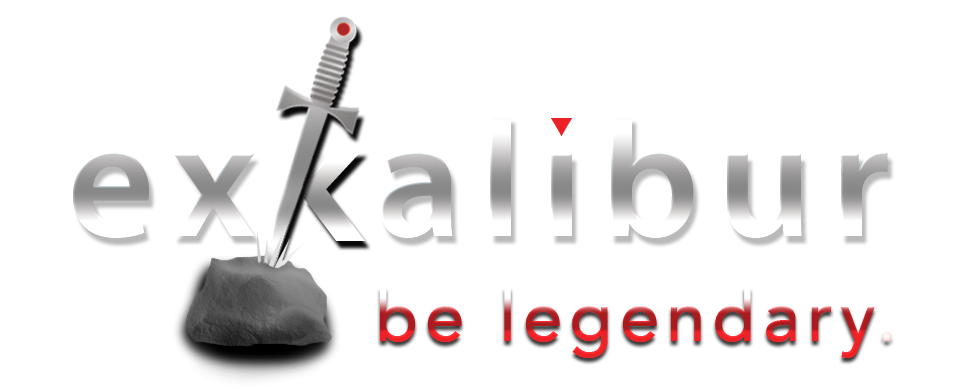“The most serious mistakes are not being made as a result of wrong answers. The truly dangerous thing is asking the wrong questions.”– Peter Drucker
I have been working recently with a young CEO-in-waiting who is eager to move into the top spot. He recognizes, however, that his struggle to “think strategically” may be keeping him back. On a tactical level, he is very efficient, discharging the assignments given to him, working his way through his daily action list and dispatching players to their intended destinations. He’s proud of his accomplishments, as he should be, but he “can’t see the lawn for the blades of grass,” and is constantly wrestling with how to develop a strategic perspective.
Ironically, many executives bear a subconscious fear about actually getting to that strategic level. After all, it’s a little harder to figure out what to do than to simply — do. It’s more demanding to establish the flight plan than to follow it. Creating the plan also demands more personal accountability, the conundrum that befuddles so many executives in the first place.
What does it mean to “think strategically?” Most executives seem to recognize when they’re not doing it, but don’t know how to attain that perspective. They get bogged down in the tactical details of their daily agenda, turning the dials but unsure about which ones belong on the dashboard. There are several approaches to this dilemma, but let me offer a handful of simple triggers, any one of which may ignite those strategic brainwaves.
Elevate and Extend. Write this phrase on your hand, and look at it whenever you feel like you’re slogging your way through the tactical quicksand. One goofy image that works for me is of a lawn sprinkler. You’re encamped among the blades of grass, sitting quietly, and suddenly you’re activated. What happens? Your head pops up, you begin to spread your tendrils, look out over the lawn and begin anointing your mates with those coveted drops of water. Now that you’re above ground level, you can see that you’re part of a lawn rather than a random assemblage of shoots. The lawn sprinkler, once barely noticeable, now has perspective over a wider domain and engages the world quite differently.
Control versus Perspective. Imagine that you’re the captain of a submarine. Most of your time is devoted to the critical functions of controlling your ship, maintaining healthy living conditions in very close quarters while pursuing a typically risky mission. Unless you “up periscope” regularly, your entire world will be squid, underwater terrain … and lots of water. A periscope provides perspective, a way to see where you are in relation to other objects, to see your role as part of a broader engagement and to remind you that there is a much bigger world with which you must remain familiar if you’re to successfully accomplish your mission.
The GTD methodology, to which I’ve frequently referred in this column, also includes a framework called the “horizons of focus,” each level of which elevates and extends to an even broader perspective over the preceding levels. Current actions representing a daily agenda become elements of larger projects, which in turn, fit into an even higher level of focus on areas of responsibility. As we ascend this ladder, we consider our goals, then our vision and, ultimately, our purpose in life, with each level offering a higher-level perspective
“Why” not “How.” Most of the time, tacticians are focused on how to get something done. They have their assignments, they know what they’re supposed to do, and they concentrate on how they’re going to “get ‘er done.” Asking “why” generates an entirely different set of questions that inspire the strategic synapses to consider the goals and objectives to which the tactical assignments apply. As a business leader, you need to set the agenda rather than follow it, so constantly asking “why” and “why not” will disengage you from a narrow adherence to a daily checklist.
Effectiveness versus. efficiency. Most of us pride ourselves on our efficiency — our ability to accomplish tasks with optimal time and effort. It’s a tactical focus on the means of achievement. Contrarily, effectiveness is focused on favorable results, with less attention on the “how” and more concentration on the desired outcome. To think more strategically, focus on becoming more effective rather than simply more efficient.
Thinking strategically doesn’t come easily to most executives, but you can make real progress if you work at it. Integrate your tactical agenda with a broader perspective to be sure your ladder is up against the right wall.
KBO.
**********************************************************************************
The North Bay Business Journal, a publication of the New York Times, is a weekly business newspaper which I have served as a regular columnist for the last two years. The Business Journal covers the North Bay area of San Francisco – from the Golden Gate bridge north, including the Wine Country of Sonoma and Napa counties.
******************************
Article published – January 18, 2010: The electronic version of this article, as published by the North Bay Business Journal, is identical to this post and may be found here.
******************************
Any related materials or articles referenced in the published column, or otherwise applicable, are referenced in this digital version of the article.




